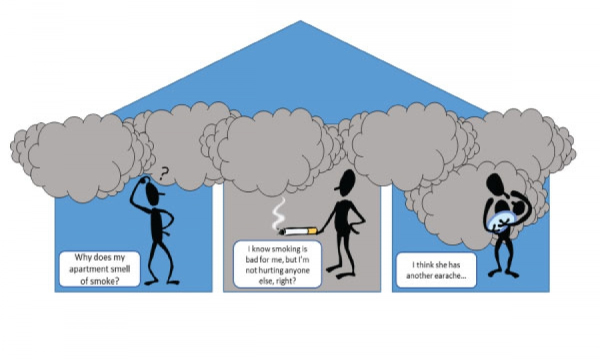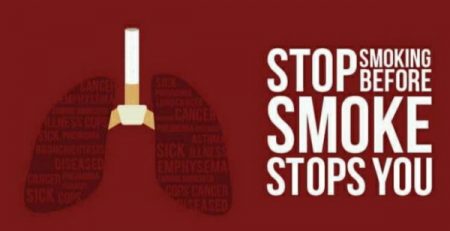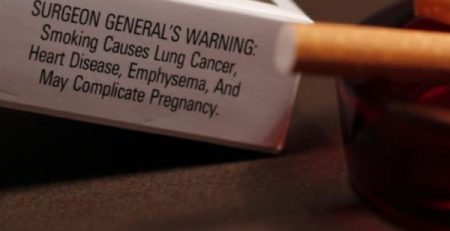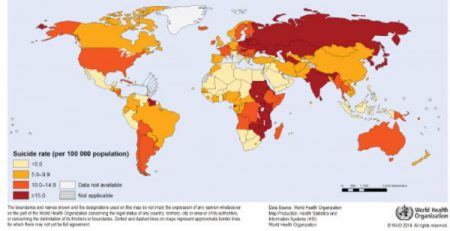Secondhand smoke (SHS) exposure from burning tobacco products causes significant disease and death among non-smoking adults and children.
INTRODUCTION Secondhand smoke (SHS) exposure from burning tobacco products causes significant disease and death among non-smoking adults and children.
1 The US Surgeon General has concluded that there is no risk-free level of SHS and that full elimination of smoking indoors is the only effective way to fully protect non-smokers from the health consequences of exposure.2 In the USA, considerable progress has been made towards increasing the number of statewide comprehensive smoke-free laws that prohibit smoking in all indoor areas of public places and worksites, including restaurants and bars. As of 31 December 2013, 26 states and the District of Columbia have enacted comprehensive smoke-free laws.3 However, these laws do not eliminate SHS exposure from all sources. Private settings, such as homes, remain a major source of SHS exposure for many people.2 On average, American adults and children spend approximately 69% of their time at home,4 which is the primary source of SHS exposure among children.2 Individuals living in multiunit housing (MUH) are particularly susceptible to SHS exposure in the home. SHS can infiltrate smoke-free living units from units and shared areas where smoking occurs.5 Approximately 80 million Americans, representing one-quarter of the entire US population, reside in MUH;6 approximately 7 million of these individuals reside in government-subsidised housing.7 The situation is compounded by the fact that a large proportion of populations residing in government-subsidised MUH, particularly public housing, are already at high risk for chronic diseases and overall poorer health, including those with low income, racial/ethnic minorities, children and the elderly.7 To reduce SHS exposure in MUH, a growing number of public housing authorities, municipalities and operators of private market-rate MUH have implemented smoke-free building policies prohibiting smoking in indoor areas, including living units. The US Department of Housing and Urban Development (HUD) has recommended that public housing authorities, as well as operators of multifamily housing rental assistance programmes, such as Section 8, implement smoke-free building policies for some or all of their properties.8 As of 3 July 2014, less than 10% of all public housing authorities in the USA have enacted smoke-free building policies in all properties. Fifteen communities in California have adopted legislative ordinances prohibiting smoking in certain types of market-rate MUH, including all living units; however, these policies vary with regard to the minimum number of units a building must have in order to be covered, and whether the policy covers condominiums and public/affordable housing.9 Public health concerns over SHS exposure in MUH, as well as the proliferation of smoke-free building policies in government-subsidised and market-rate MUH, have resulted in an increasing body of peer-reviewed literature on the issue. However, to date, no synthesis of this literature exists. To address this need, this paper summarises the current scientific evidence; discusses gaps in existing knowledge that are necessary to further inform public health planning, policy and practice; and provides recommendations for future researchto fill these gaps.











